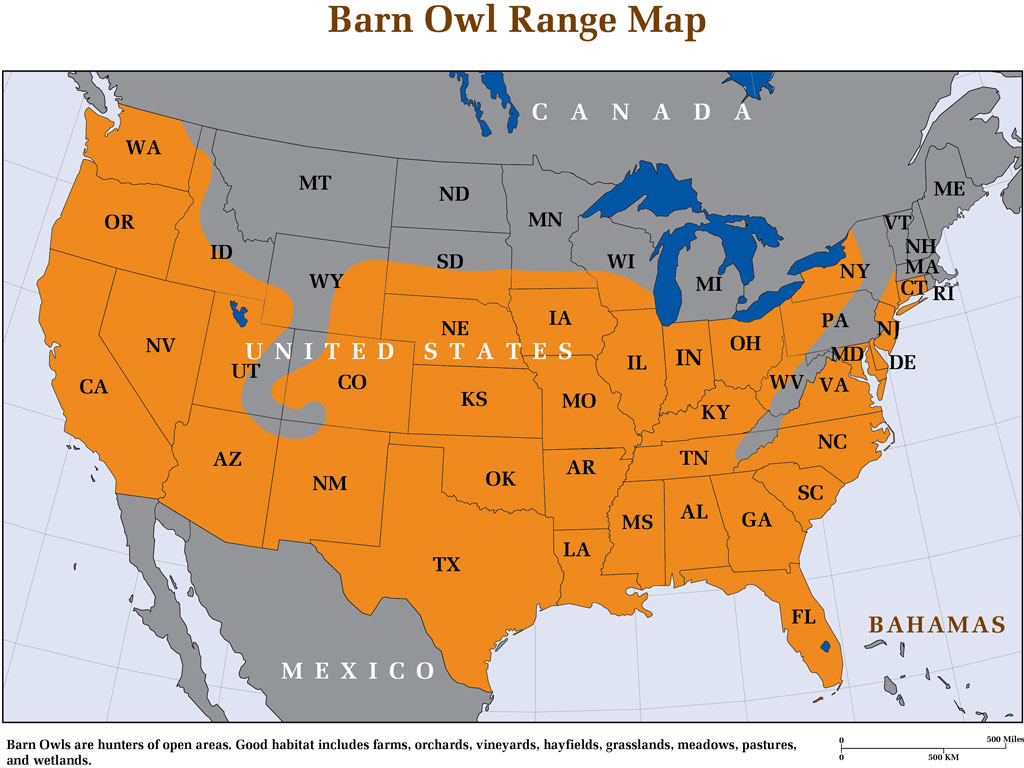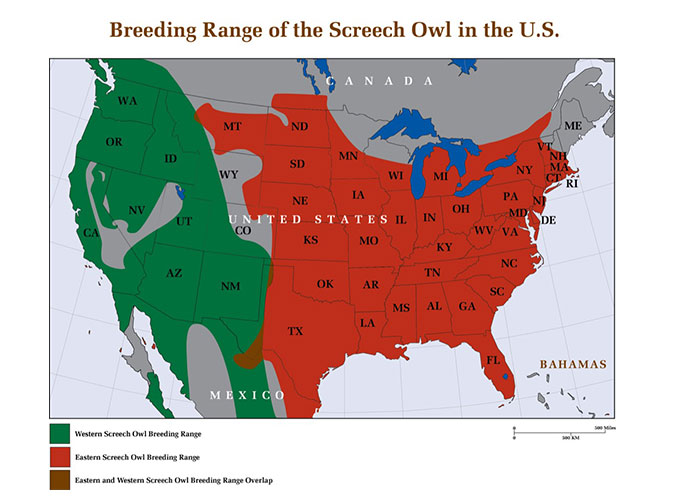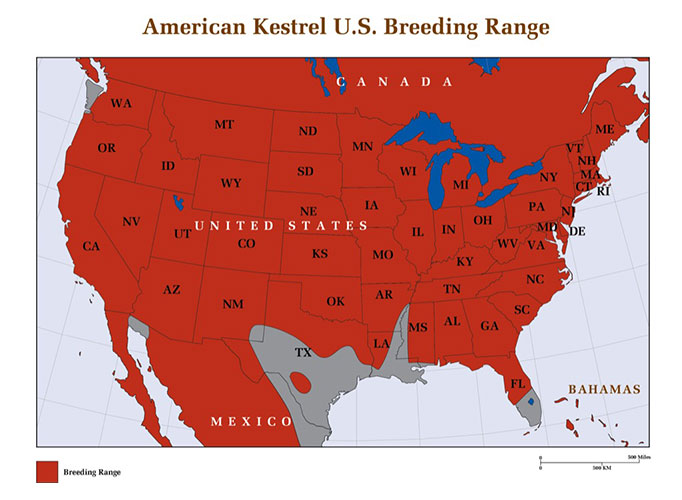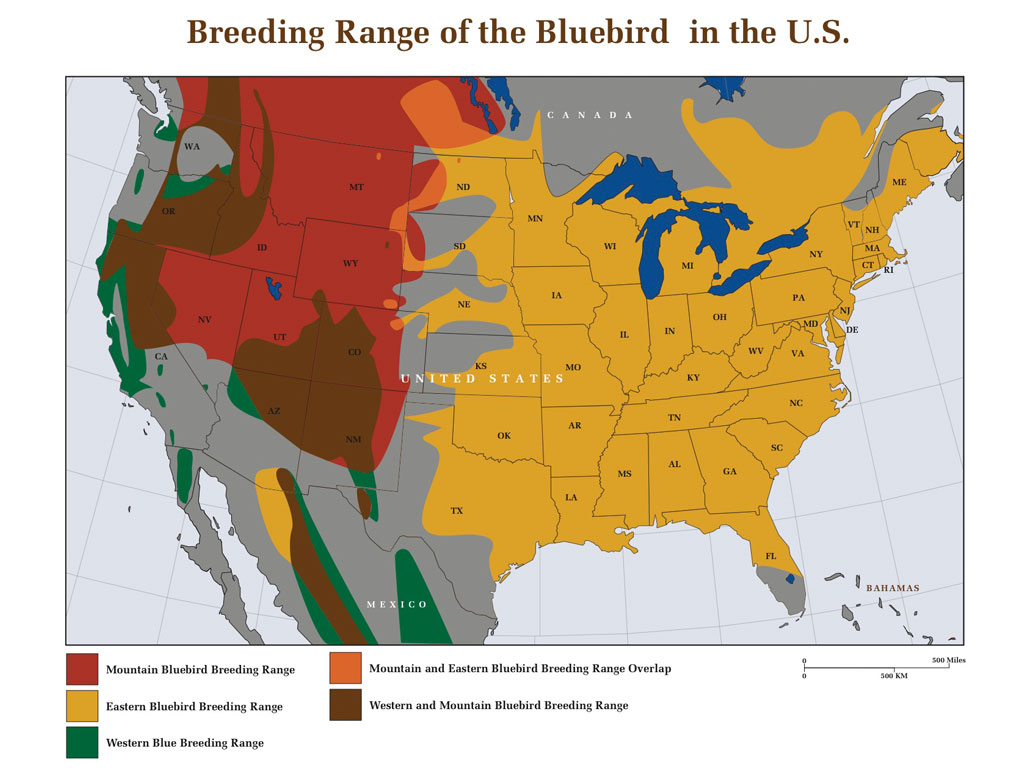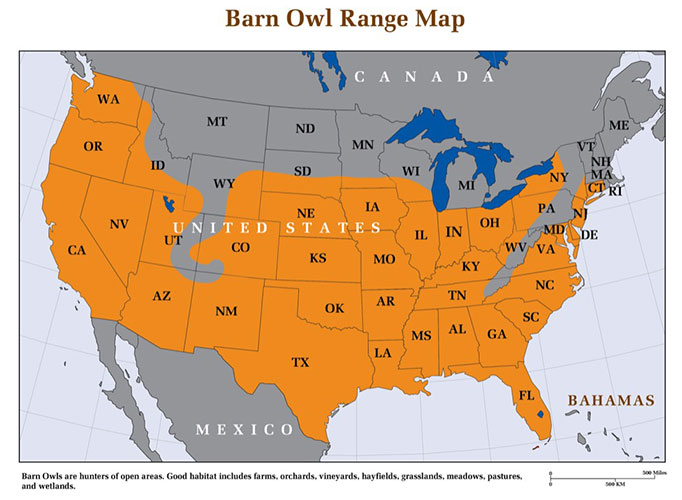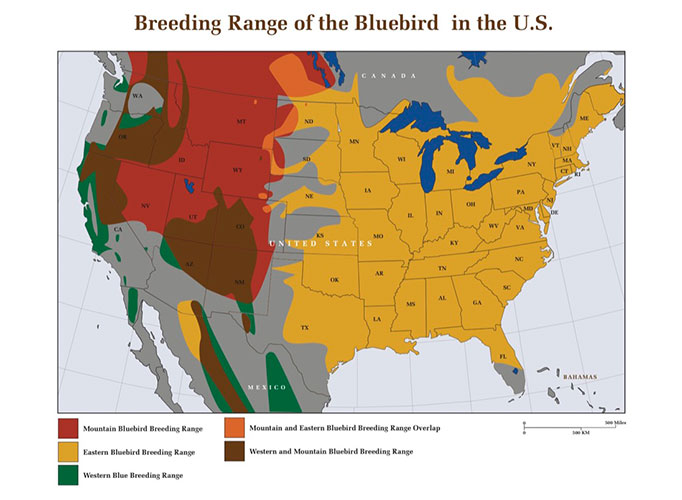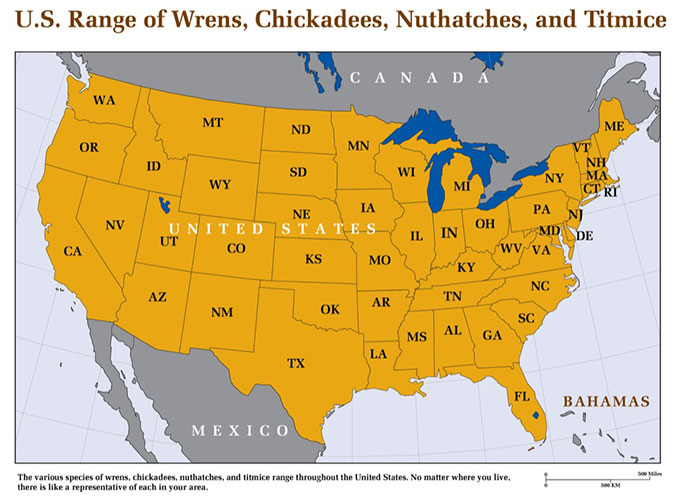Free Shipping to the Contiguous United States
Plastic Barn Owl Boxes Versus Wooden: A Clear Choice
Plastic Barn Owl Nest Boxes Versus Wooden: A Clear Choice In 2009, I was a field researcher and animal trainer for the Pittsburgh Zoo. In conjunction with Moraine Preservation Fund, we had erected over 200 wooden nest boxes in PA;…

